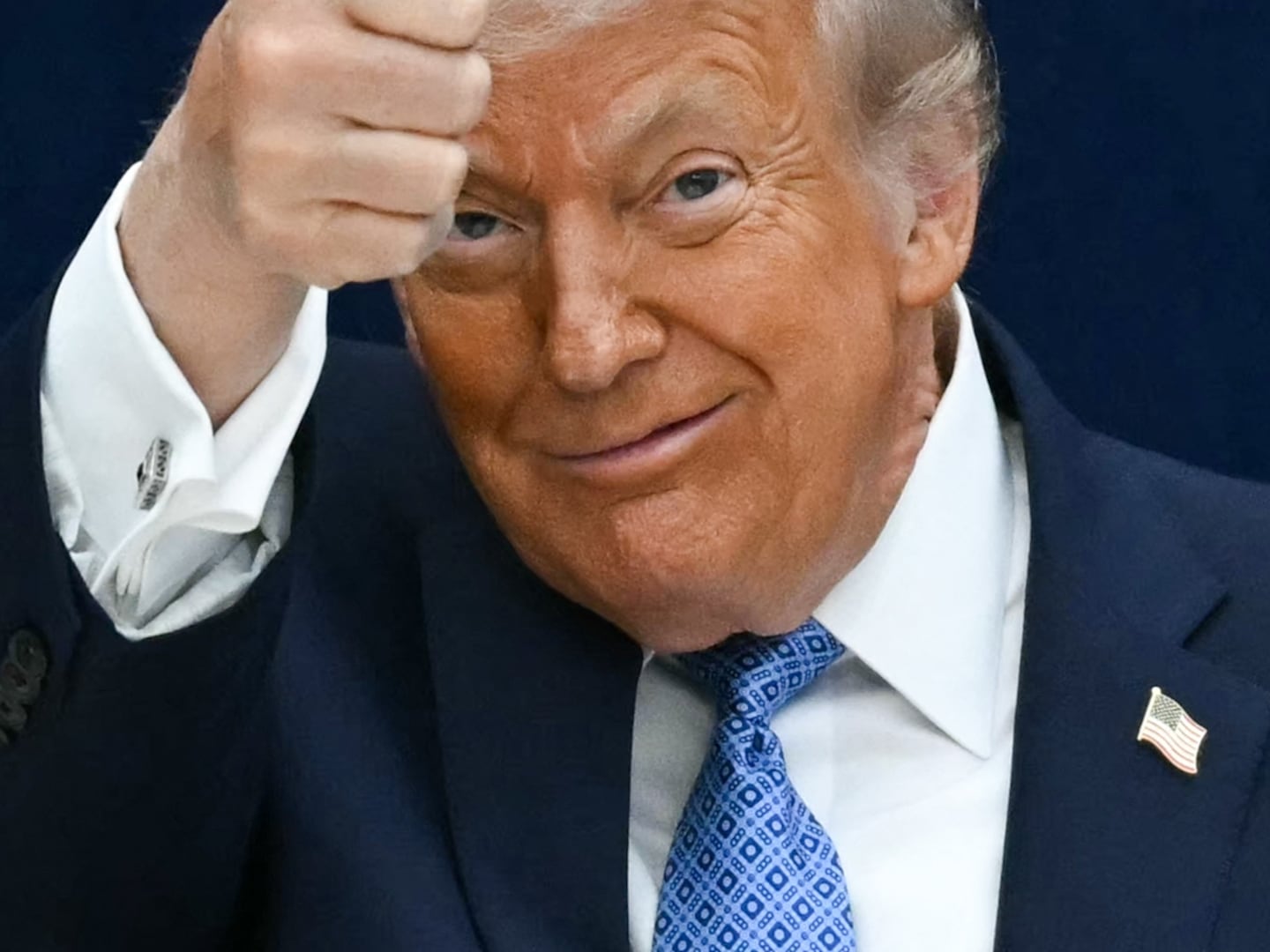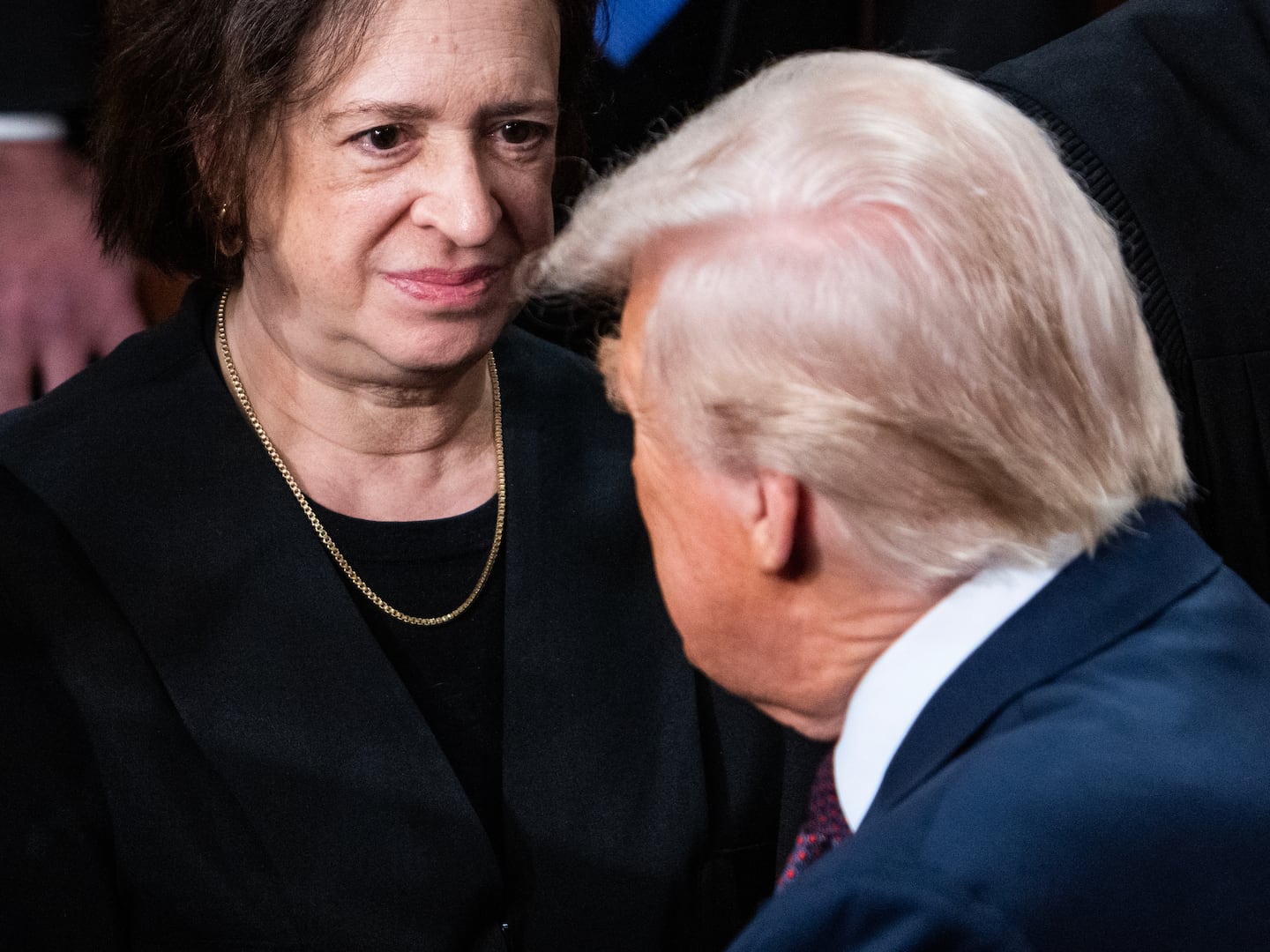They make an odd couple. Michel Gondry, the conjurer of cinematic tricks like Eternal Sunshine of the Spotless Mind and Be Kind Rewind, has never met a film narrative he doesn’t want to draw over, erase away, fold out, and flip through like it was his personal pop-up coloring book. Noam Chomsky is the stern, even grim crusader against American imperialism, for which he is reviled, who also happens to be the most influential intellectual living today (in a famous survey, only Marx, Lenin, Shakespeare, Aristotle, the Bible, Plato, and Freud were more often cited in academic journals, above Hegel and Cicero), whose work on linguistics improbably but irrevocably exploded the cognitive sciences, for which he is revered.

Watching Is the Man Who Is Tall Happy?, Gondry’s animated conversation with Chomsky, a sort of answer begins to take shape in the petri dish of neon drawings that morph and accompany the words. Both provocateurs would like to blow our minds—not to destroy them on purpose, though they’re extremely close to making our heads explode—but to expand them, perhaps change them a little.
Just take a look at Gondry’s filmography: Human Nature, Eternal Sunshine of the Spotless Mind, The Science of Sleep—they might as well be dissertation titles for a cognitive scientist. It is no accident that the animation in Is the Man Who Is Tall Happy? look like psychedelic visions drawn by a teetotaling savant.
But he knows that he is just a dawdler compared to Chomsky, the great big mindbender. More specifically, Chomsky has changed how we view language and the brain—he has bent the structure of the mind. Gondry, having at last found the great mullah of his clan, wants to know how he does it. As Gondry asks Chomsky about his childhood, the answer soon becomes clear: a skeptical, inquisitive, combative mind. Growing up during the Great Depression in Philadelphia, the young Noam questioned why he had to eat the oatmeal that his aunts stuffed into his mouth. During his first year at the University of Pennsylvania, where he enrolled when he was 16 years old, he considered dropping out because he was bored. It was his interest in liberal-anarcho-democratic politics that kept him in school, because linguistics professor Zelig Harris held similar leftist-Zionist views. (Chomsky’s Zionism would gradually erode and become famously oppositional after the Six-Day War. Israel views him as a pariah.) The fate of linguistics, therefore, turned on a simple twist of chance. More important to note, Chomsky’s wrathful political activism comes entwined with his scientific victories.
But what are his scientific victories? Even from the whimsical and lighthearted conversation in Is the Man Who Is Tall Happy? you’ll get a hint of how combative Chomsky is. Gondry himself complains that the old master didn’t quite listen to him and seemed to want to win a nonexistent fight, and by all accounts Chomsky could be far nastier. But his straight-laced cruelty won him many battles, the most important being his obliteration of the behaviorists, the first of many dispatches that established his legend. Behaviorism, as practiced by people like J.B. Watson and B.F. Skinner, had dominated the field of psychology for 40 years and argued that human and animal behavior was caused by external stimuli. Feed a cat enough times and it’ll learn to come back every day. Reward a kid who uses correct grammar and punish him when he gets it wrong and you’ll teach him language. The brain was an all-purpose machine that could react to any command, so thinking about the mind producing internal thoughts was unnecessary. But evolutionary scientists were showing that the brain was not a general-purpose piece of hardware but an organ that was shaped by natural selection to solve specific problems, just like the eye and the ear were designed for specialized functions. Chomsky, in a now legendary and devastating review of Skinner’s 1957 book Verbal Behavior, pointed out that human children are rarely vigorously trained on language acquisition, but most of them, in different societies, seem to be able to learn this immensely complicated and error-filled skill without much difficulty. Language, therefore, isn’t so much a thing that is learned as almost a biological organ that is developed. Chomsky called this the language acquisition device. He called the rules of this device universal grammar, and his method of studying the rules he called generative grammar.
The substance of Chomsky’s revolution—language as a naturally selected organ, think of it!—is important, and hardly touched on in Gondry’s conversation. But it is helpful to understand that, through generative grammar, Chomsky sought to reveal the buried structure of language and what dictates it. I spoke to Gondry about his interest in Chomsky, and he told me that he employs some of Chomsky’s grammatical devices in his animation, such as recursivity—the ability to embed phrases within other phrases, ad infinitum. (The graphic equivalent of language recursivity is self-similar repetition, as when you put two mirrors directly facing one another.) It is near the documentary’s finale that Gondry asks Chomsky to illustrate the syntactic order of a sentence like “The man who is tall is happy,” and to explain why the rule of “minimal structural distance” makes it so that “is the man who is tall happy?” becomes a valid, grammatically correct transformation of the original sentence. By the end of the film, you realize just how integrated Gondry’s animations are. His playful geometric and spatial derivations are translations of some of the most basic and beautiful laws of language. At which point you should be kind, rewind, and watch again.
Below is my conversation with Gondry, as we talk about Chomsky’s reaction to the film, how linguistics corresponds with his cinematic work, and his next project.
How did you come up with the idea to film Chomsky?
I was going back and forth at MIT to meet students and teachers. I love science. MIT was a golden place for me to go. I met people who studied astrophysics and worked with lasers, and a lot of students were making crazy projects on the border between art and science.
Were you teaching at MIT?
No, I was invited as an artist in residence. I didn’t know at first—I should have—that Chomsky was teaching there at the time. That was probably five, six years ago. So I went to meet him. It was challenging, because I had to keep up with his brain.
Nobody can.
I think he appreciated that I wasn’t in his field. He appreciated everyone who was curious and there to listen and learn. If I had come from the field of traditional philosophy—for instance, French philosophy—he would have had much more objections.
So we met several times, and after maybe four or five meetings, I brought up the idea of doing an animated project. I was shy to ask. And he said yes! I showed him a video I had done with this technique, just a small video I did. We used it in Dave Chappelle’s Block Party. I transformed a song into animation, and it was abstract. So I thought instead of explaining Chomsky with the limitation of my understanding, I would take Chomsky’s voice and translate it into abstract animation. Sometimes I would be more narrative, depending on my understanding, and sometimes I would use more of the context versus the content, so the audience can make their own understanding of his work.
When was the first time you heard about Chomsky, and what did you hear?
I saw him in some videos. It was Rebel Without a Pause and Manufacturing Consent. At the time, I was new in America, and the way the news was working was so ludicrous. It’s worse now. The idea that it was a show that had nothing to do with the news—I had this strong critique of how news was conducted. And Manufacturing Consent was exactly right on the subject, and provided me with answers. So I became really into Chomsky, but I didn’t know him before that.
Did you have a similar reaction that most other people have, at first thinking that Chomsky is a political commentator, but then realizing that he’s one of the greatest linguists and cognitive scientists ever, and his big thing is actually generative grammar?
Yes, very soon. I realized that this guy, who is on the left edge of politics, has this career in linguistics. I delved into that, and I realized that this was one of the greatest scientists alive.
I’m really intrigued by Richard Feynman, the physicist. I love how he conveyed his idea in a simple yet accurate manner. And sociologist Pierre Bourdieu was a scientist who really looked into poverty and inequalities in France. But all those guys were dead before I realized they existed. And I found Noam, who was alive! So I wanted to approach him. Because when you watch videos and read books, these guys are usually from the past. It’s always great to be a part of it instead.
You really wanted Chomsky to see this film before he dies.
I know! There is a sense of rewind, like you were a kid and you want your parents to see your work, to get their appreciation. This was the first time that somebody took the time—and that’s why I gave the film this title—to take one sentence [“The man who is tall is happy”] and explain his theory of generative grammar in a simple way that’s accurate. I was proud to show him. I sensed that I found a symbol for generative grammar, and I worked on the [theory of] recursivity in my animation. So I wanted to show him that I found a correspondence of my work to his work.
What was his reaction? Did he like it?
I think so. His assistant told me he never watches documentaries made on him, that he was very focused. Then he saw the film in February, and he really liked it. He said, “Well, I agree with it.” Which was sort of ironic because he was agreeing with himself.
There were a lot of questions about his childhood. Why?
Because I met him and I thought there was a contrast between the perception we have of him and the type of man he is. He’s a very warm person, very sweet. And I wanted to show that. Because his thinking and his speeches are very hardcore. He doesn’t make concessions, especially in American foreign policy. He’s very harsh. And great, I think. So he’s exposed to a lot of critics. People see him as somebody who just thinks of his principles, without a real life. But that’s not the case. And I felt that if I took this approach, then he would open the door for the audience to better listen to his words.
Was it difficult asking about his late wife?
Well, yes. He didn’t want to talk about it. But in the few sentences he said, you can tell how attached he was to her.
There weren’t a lot of questions about his leftist politics and foreign policy. Did you want to ask him more about that? When he talked about it he brought it up himself.
Yes, that’s very important to him. His mind switches from linguistics to politics. And they started at the same time. People think that he was a great scientist, and then he went into politics. But he said that when he was 12, his uncle had a newsstand in Philadelphia, and he was reading the papers at a very young age. Every time you see him, it’s more about his politics. But you have to go into complex readings to get his scientific approach. I wanted to put a different light on this side of him.
You said you wanted to show him that you found a correspondence between your work and his work. How does your work correspond with Chomsky’s work?
I come from geometry. That was the field I was the best at at school. If you understand geometry, I think you can understand a lot in science. It’s a way to illustrate things in an accurate way. But it’s not like mathematics or algebra, which you need a lot of memory and do calculations. I think in geometry, you can come to very accurate conclusions with just your sensibilities, if not your instincts. Animation is the perfect illustration of geometry, because if you take a drawing and you want to move it from A to B, you have to draw in the middle. And then you draw in the middle of the middle, and the middle of each section. So, geometry elaborates a lot on recursivity in generative grammar. It’s sort of like the specificity of language. You can build sentences within sentences—forever. So I do the same with animation. I do a triangle within a triangle. I make one shape become another one—that’s recursivity. And I was used to doing that, ever since I was young. It’s my geometrical approach. I find a very easy correspondence. My background was sort of perfect to illustrate Chomsky’s scientific approach.
Is your next project going to be a narrative feature film?
Yes , I think so. Mood Indigo is coming out in the spring. My next problem … problem, it’s funny I said that … project, is called Ubik, by Philip K. Dick. My writer just started to write the first draft.
Will there be a sequel to Eternal Sunshine of the Spotless Mind?
I’ve talked about it with Charlie [Kaufman, screenwriter], but I doubt it.
This interview has been edited and condensed.






